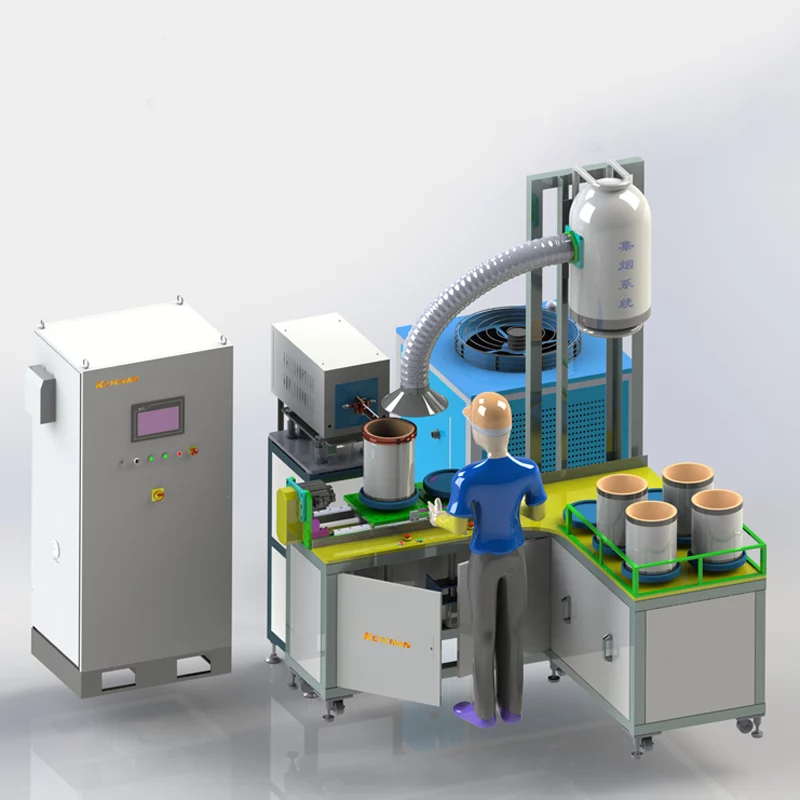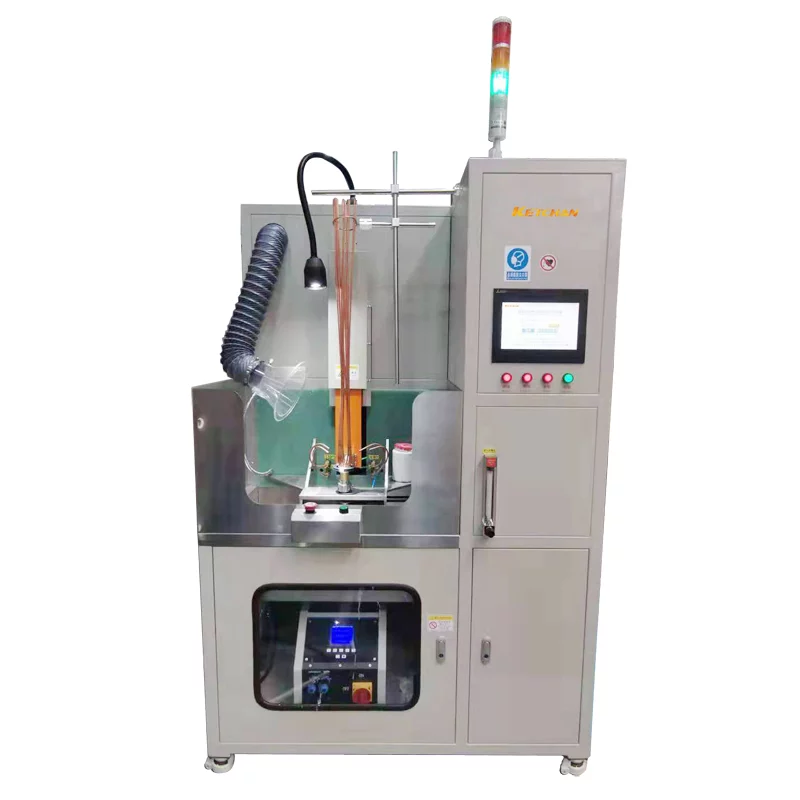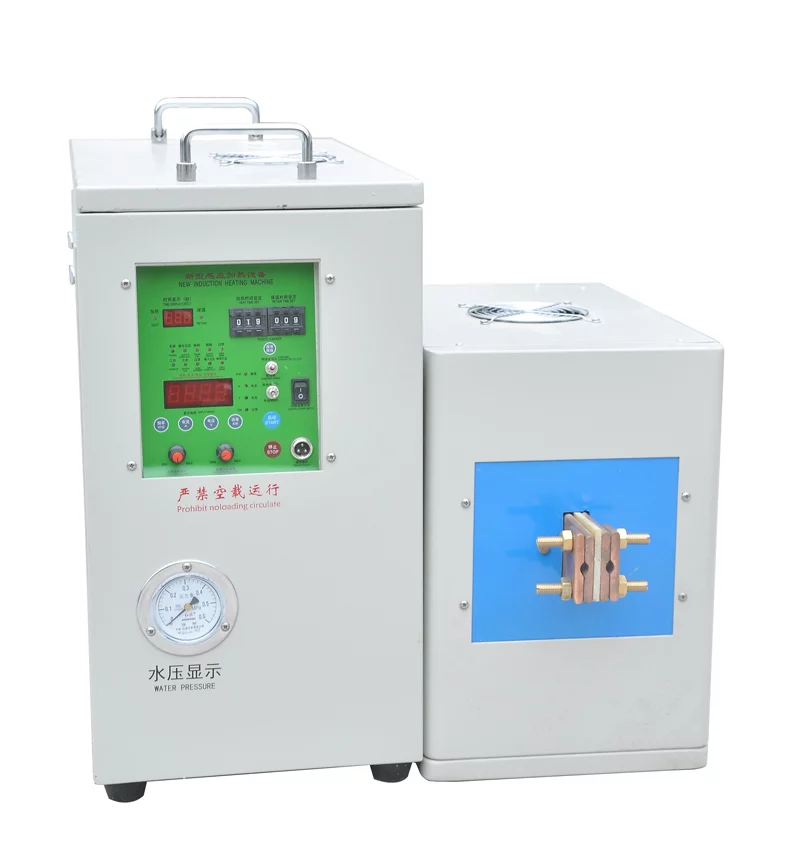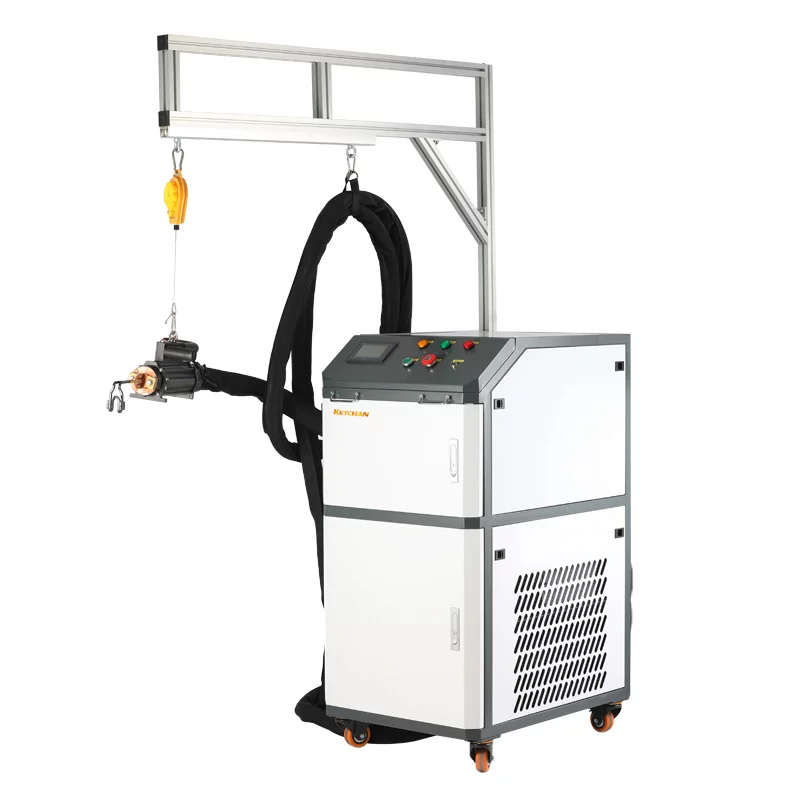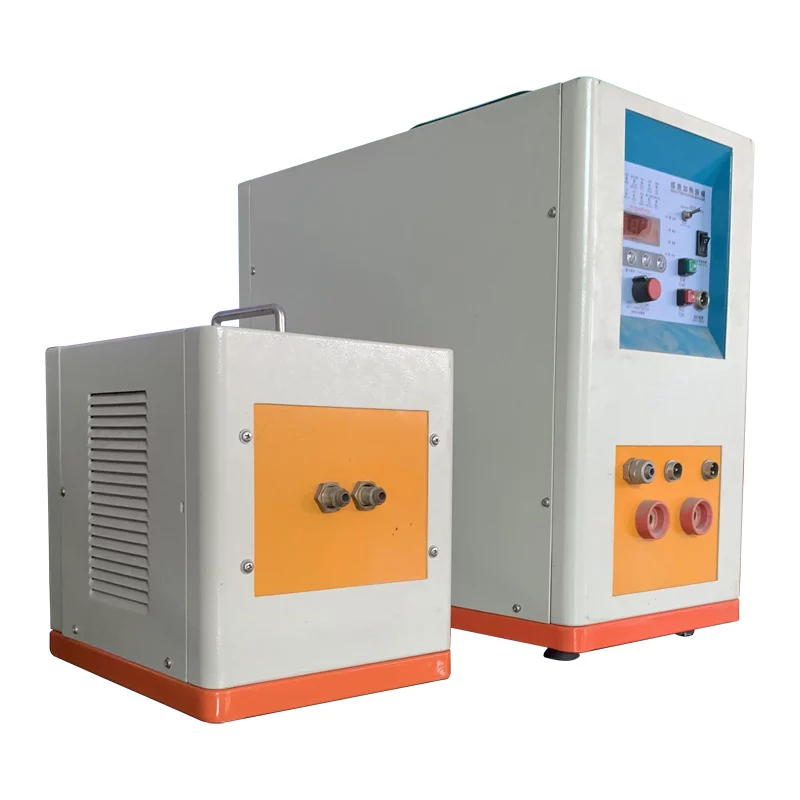Summary
As an important cooling component of new energy vehicles, microchannels are mainly used to cool the battery packs of new energy vehicles. The tube wall of the microchannel is relatively thin, and the thinnest is about 0.3mm. The traditional brazing method of the water-cooled belt mainly relies on artificial flame welding to weld it. In this paper, a method of high-frequency induction brazing is proposed for the micro-channels that cool the battery of new energy vehicles, and the process flow and operation method are proposed for it, which improves the existing production technology and solves the problem that the micro-channel is difficult Problems with induction brazing.
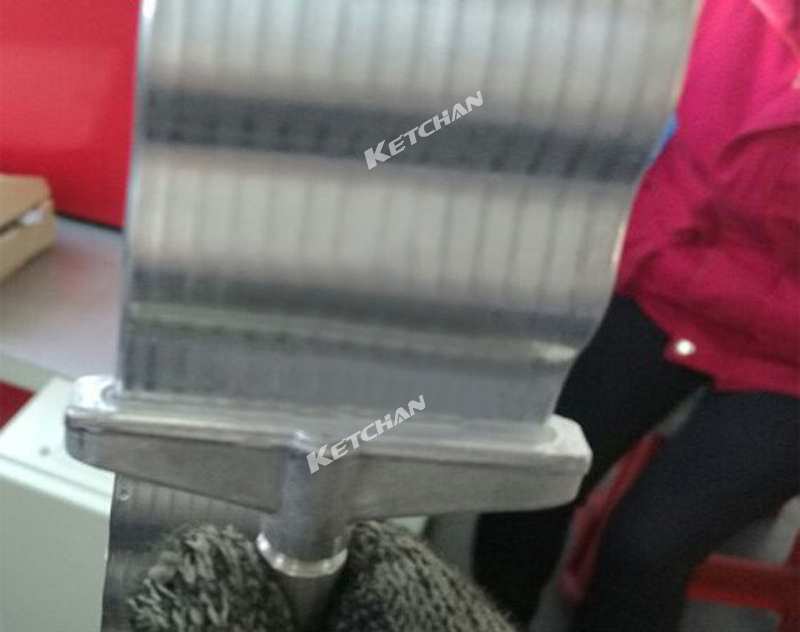
An overview of induction brazing
The brazing seam is heated to the melting temperature of the alloy brazing material by the heating method of electromagnetic induction, but the metal to be welded still does not reach the melting temperature. The low melting point alloy adheres the two metals together through strong surface tension, and after cooling form a solid weld, parts of the same or different materials can be welded together, which saves materials and can meet various needs. It is suitable for welding various magnetic materials such as steel, copper, aluminum, nickel, special alloys, etc. High-frequency induction local welding has high strength, no deformation, and comprehensive mechanical properties that are better than other welding.
Induction brazing system overall frame
The design system is mainly composed of five parts: high frequency induction heating machine, transformer, induction brazing tool, water cooling structure, and accessories. The brazing machine’s main body and transformer are connected by cable, and the transformer is fixed on the bearing mechanism.
Process flow and model selection
Welding power source selection-induction brazing coil selection-solder flux selection-tooling positioning design-auxiliary selection-welding parameter determination-post-welding cleaning.
Induction brazing power source selection
The wall thickness of the water-cooled microchannel is only 0.3mm and the size of the joint is combined. We finally choose the all-digital KQD-40 model induction brazing system as the welding power source.
Induction brazing tool selection
Select the copy inductor as its induction welding output.
Selection of solder additives
The aluminum single-tube pressing plate is determined by our company’s technology department to use flux-cored welding wire or self-brazing welding wire. Our company can provide solder flux process services, please inquire for details.
Tooling positioning design
Induction heating welding is placing the welding part of the workpiece in an induction magnetic field for heating. The strength of the magnetic field in each magnetic field is different, and there is a high requirement for the positioning repeatability of the workpiece. Therefore, it is necessary to design the corresponding tooling according to the specifications of each workpiece and combined it with the welding process. Our company can provide induction brazing tooling design services.
Induction brazing technical data
After our long-term high-frequency brazing research and a lot of customer experience, we choose the automatic heating mode in this model. The heating current in the automatic heating mode is divided into five sections. During this process, the characteristics of aluminum metal are increased with the temperature. When the resistance is high, the resistance increases, and the Joule effect causes the heating and heating rate to increase in the heating process, which is inconsistent with the welding process summarized by our research. Therefore, we use the method of decreasing the current to heat the welding part. In this way, the temperature of the welding part can be increased under the premise of ensuring uniform heating, so as to prevent the workpiece from over-burning in the high temperature section. Finally, in order to ensure the integrity of the welding process, we set a small current for heat preservation to ensure that it reaches the penetration depth standard and has no pores and blisters. and other process standards.
Clean after induction brazing welding
Because of the use of special solder and additives, so after micro-channel welding, the surface residue is very little, only through the water with a fine brush to float on the surface residue is ok.
Technical conclusions
This paper describes the micro-channel high-frequency induction brazing technology, process flow, operation method, and energy consumption comparison in the air-conditioning pipeline of new energy vehicles in four aspects. The problem of difficulty in high-frequency induction welding in the case of And gave detailed and effective data to prove that high-frequency induction brazing is superior to flame brazing in terms of environmental protection, energy consumption, and welding material consumption.
Tags:aluminum heat exchanger brazing, aluminum micro-channel heat exchanger brazing, aluminum plate brazing, aluminum strip brazing, aluminum tubes brazing, automobile AC pipe brazing, brazing AC micro channel heat exchanger, brazing aluminum, brazing micro-channel, induction brazing AC pipes, induction brazing aluminum, induction brazing aluminum condenser, induction brazing aluminum evaporator, induction brazing car AC pipe, induction brazing heat exchanger, induction brazing heat exchangers, induction brazing HVAC pipes, induction brazing micro-channel, induction soldering Micro-channel heat exchangers, Induction welding Micro-channel heat exchangers
Relate Products
-
Induction Brazing System
Aluminum Pipe Induction brazing machine
-
Induction Brazing System
Automated Induction Brazing System
-
HF Induction Heating System
Industrial Induction Heating Machine
-
UHF Induction Heating System
Ultra high Frequency Induction Heating Equipment
-
Portable Induction Heaters
Portable Induction Heating Machine
-
Induction Brazing System
Aluminum Induction Brazing

